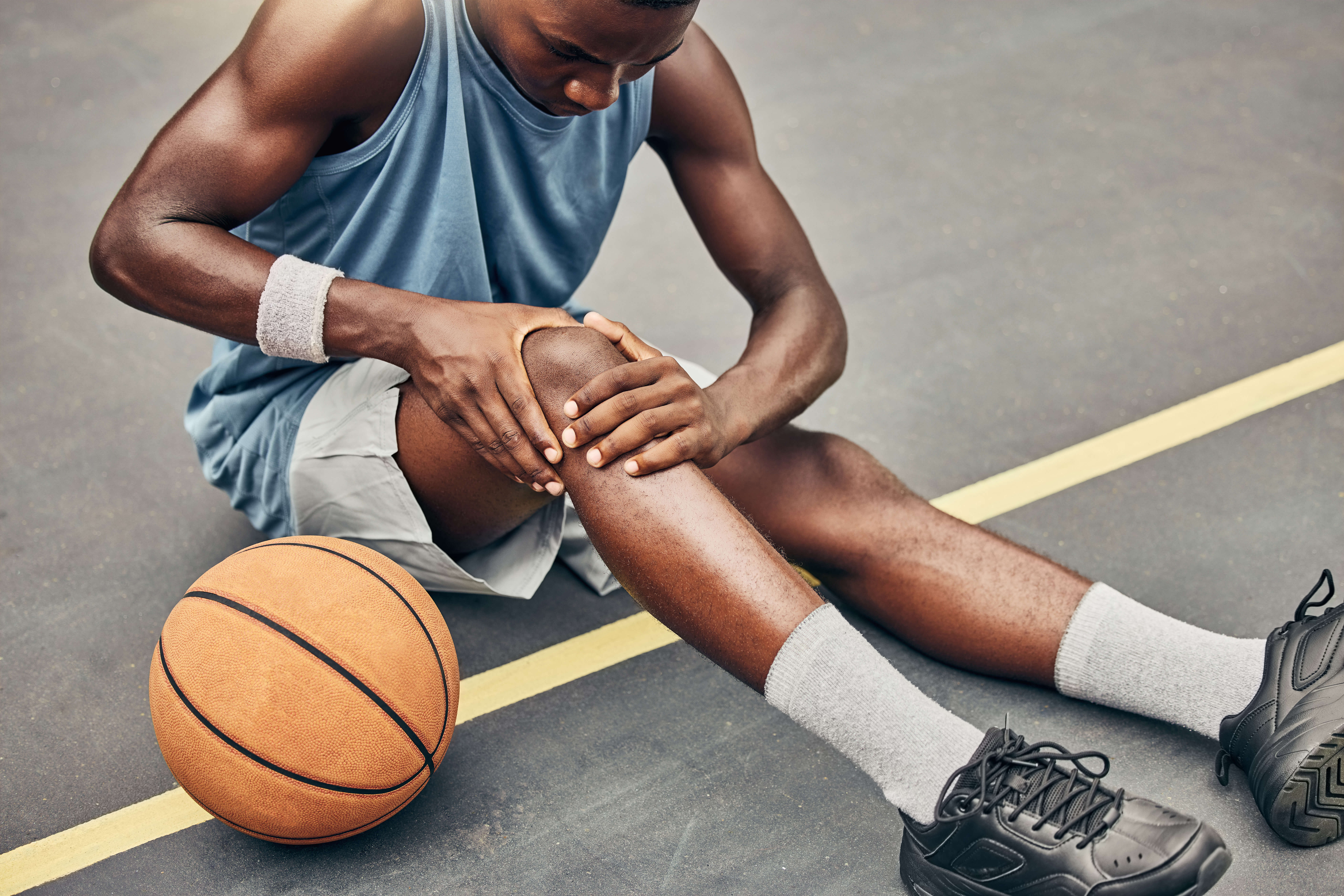
The anterior cruciate ligament (ACL) is one of the four major ligaments in the knee, connecting the femur to the tibia. It provides stability and helps control the rotational movements of the knee joint. ACL injuries are common in athletes involved in sports that require sudden stops, pivoting, and jumping. The ACL can be torn partially or completely, and reconstruction surgery is often recommended to restore knee stability and prevent long-term damage.
ACL reconstruction surgery involves replacing the damaged ligament with a graft from another source. One option for graft material is the quadriceps tendon. The quadriceps tendon is a strong, thick tendon that attaches the quadriceps muscles to the patella (kneecap). It is often used as a graft for ACL reconstruction surgery because it provides a good balance between strength, and stability.
The procedure for a quadriceps autograft involves harvesting a portion of the patient’s quadriceps tendon along with a small piece of bone from the patella and tibia. This graft is then passed through tunnels drilled in the femur and tibia, replacing the torn ACL. The graft is secured in place with screws or other devices, and the patient’s knee is immobilized in a brace to protect the reconstruction during the healing process.
Quadriceps autograft has several advantages over other graft sources. Firstly, it is a readily available source of tissue without the need for additional incisions. Secondly, the quadriceps tendon has a lower risk of postoperative pain compared to other graft sources, such as the hamstring or patellar tendon. This is because the quadriceps tendon is thicker and has a larger cross-sectional area, resulting in less damage to the remaining tissue during harvest. Additionally, the quadriceps autograft has a lower risk of patellar tendon rupture compared to patellar tendon autografts.
Studies have shown that the quadriceps autograft is a safe and effective option for ACL reconstruction surgery. In a study published in the American Journal of Sports Medicine, patients who received quadriceps autografts had similar outcomes in terms of knee stability, range of motion, and return to sports activities as patients who received hamstring or patellar tendon autografts. Another study published in the Journal of Orthopaedic Surgery and Research found that patients who received quadriceps autografts had significantly less pain and better knee function at six weeks post-surgery compared to those who received patellar tendon autografts.
In conclusion, quadriceps autograft can be a safe and effective option for ACL reconstruction surgery. As with any surgical procedure, it is important to discuss the potential risks and benefits with your doctor. Dr. Marc Matarazzo and the sports medicine team at The Center for Bone and Joint Surgery are here to help diagnose your condition and discuss the best treatment options for you. Call (561) 798-6600 for urgent care, same-day appointments, or request an appointment online.
Citations for the studies mentioned in this blog post:
- Magnussen RA, Lawrence JT, West RL, Toth AP, Taylor DC, Garrett WE. Graft size and patient age are predictors of early revision after anterior cruciate ligament reconstruction with hamstring autograft. Arthroscopy. 2012;28(4):526-31.
- Mouarbes D, Menetrey J, Marot V, et al. Comparison of the quadriceps and patellar tendon autografts in arthroscopic anterior cruciate ligament reconstruction: a prospective randomized study with a 2-year follow-up. Am J Sports Med. 2019;47(1):133-41.
- Tuman JM, Diduch DR, Rubino LJ, Baumfeld JA, Nguyen HS, Hart JM. Quadriceps tendon: a reliable alternative for reconstruction of the anterior cruciate ligament. Clin Orthop Relat Res. 2009;467(4):1093-100.
- Van der Bracht H, Verhelst L, Somville J, et al. Comparison of quadriceps tendon autograft and patellar tendon autograft in primary anterior cruciate ligament reconstruction: a systematic review and meta-analysis of 5-year clinical outcomes. Am J Sports Med. 2020;48(12):3006-17.
- Wang HD, Wang Q, Wang XY, et al. Quadriceps tendon autograft versus bone–patellar tendon–bone autograft for anterior cruciate ligament reconstruction: a systematic review and meta-analysis. J Orthop Surg Res. 2020;15(1):398.



